Skidmarks - Bikes In The High Castle
“If you think this Universe is bad, you should see some of the others.”
– Philip K. Dick
Time to throw you cats some red meat in the form of WWII/classic sci-fi references. You may be familiar with Phillip K. Dick’s great novel, Man in the High Castle, or you may just have heard about the made-for-Amazon TV series of the same name. I have watched it, and it is good.
It’s not awesome, but it’s worth watching, for sure. Just the premise should be enough to draw you in. It takes place in New York, Colorado and San Francisco in an alternate history where the Germans and Japanese prevailed in the second world war. It shows the grim realities of America as an occupied police state and gets all meta when the characters discover a series of films showing how the world looks in our history, when the Axis powers lost. If you haven’t heard of Dick, he also wrote the stories the films Blade Runner, Minority Report, Total Recall and Sleepless in Seatlle (Ha, ha! Not really the last one.) are based on.
The acting ranges from meh to great (Cary-Hiroyuki Tagawa’s portrayal of Tagomi is memorable, but Luke Kleintank’s Joe Blake makes Rick Schroder’s work on Silver Spoons look as sophisticated and nuanced as Olivier doing Richard III), but what I love, as both a San Francisco history and World War II buff is the production design. The sets, costumes, props and vehicles are so painstakingly selected it makes me wish that department had done the casting, too.
What makes that stuff so great? When you select a prop or costume, you have to make choices, and to make those decisions, you have to ask questions, questions that demand informed answers. What would a Waffen-SS uniform look like in 1962? What kind of commercial jets would high-status citizens of the Reich fly in? Would we enjoy sushi as much? (I’m going to go with “no” for that last one.)
For instance, although the Japanese soldiers still wear WWII-style uniforms, they now carry automatic rifles as well as bolt-action Arisakas. The Germans fly around in a sleek supersonic jet and have their embassy in San Francisco’s posh Marina district (if you live in S.F., you’ll snicker at the thought of how well Nazis would blend in with today’s population of Marina beautiful people). But what got my attention was the pair of motorcycles escorting Japan’s Crown Prince in one of the episodes.
They were large, gleaming and black, but the cylinders were unmistakable, sticking out into the airstream on either side of the bikes. BMWs? No, they didn’t look like it. In fact, they kind of looked like early-’60s Hondas with boxer motors. Did the Japanese ever build something like this?
In fact, they did. Masahi Ito, an acquaintance of Soichiro Honda, started Marusho Motorcycles in the early 1950s. It was a fairly popular brand in Japan, but Ito wanted to capture the USA’s heavyweight bike market and started building large (350 and 500cc) V and flat Twins. The boxers were based on the BMW /2 Twins, but had interesting improvements – they included a starter motor years before BMW, for instance.
Close examination of the MITHC motos showed they weren’t Marushos, which makes sense. Very few of these are in running condition, and if you’ve met vintage Japanese motorcycle enthusiasts, you’ll know they are more likely to farm out their grandkids’ internal organs than let a production studio mess with their motorcycles. Turns out they’re a pair of Dnepr MT-16’s shorn of their sidecars.
I don’t know why the production designers made that choice. I called up Scott Free Productions, who are making the show, but it turns out the vehicle person was busy on set (another season?) and I wasn’t able to ask what was up. What was the choice based on? It would make sense that the Japanese would either purchase a German product – the crown Prince and his wife are portrayed as a stylish, progressive, Kennedy-esque couple, wearing the latest fashions and riding around in a chauffeured Mercedes limo – or do what they did best before the War and copy (with improvements) the best designs already out there.
In the novel and show, the Japanese Empire is strong, but shaky from internal conflict and thinly stretched resources, wary of the Nazis and clearly not an economic and cultural powerhouse like the Greater Reich. So either explanation works. But maybe there’s a third one – Japan crushed the remnants of the Soviet Union (not mentioned much in the show or novel), which Hitler presumably pushed east out of European Russia. It may be plausible that the Japanese army got the plans and tooling for the Dnepr and Ural sidecars and motorcycles.
That’s a whole other story. The urban legend is the Russians captured a BMW sidecar rig from the Wehrmacht after the war started, but the truth is less exciting, according to IMZ/Ural,* which still makes flat-twin sidecars. The Germans actually willingly shared the plans of the R71 with the Soviets under provisions of the Russo-German non-aggression pact, carefully giving away the R71 but not mentioning the much improved R72. Kind of a dick move, if you ask me. Anyway, the Soviets perpetuated a story that the R71 was purchased in Sweden and meticulously, with the aid of superior Soviet intellectual scientificism, reverse-engineered in perfect detail. If you’ve seen anything built in the Soviet Union, you’ll find this unlikely.
Dnipro (aka Dnepr) is the brand name of the hacks built in the Ukrainian city of Kiev from 1946 until a few years ago; it’s unclear if the factory is still open. I’m guessing the show’s producers aren’t assuming the Japanese invaded the Ukraine or whatever remote boondock Irbit (the Ural factory) is located, but that they just got the tooling as part of some kind of treaty term. Whatever the producer’s intent, the selection of these interesting bikes are sheer brain-candy for a history geek like myself.
Funny how motorcycles, even in a dystpoic nightmare like Man in the High Castle, are enough to fire the imagination. It’s unlikely there would have been motorcycle gangs in post WWII America, or that Honda would have grown to such prominence – why develop cheap, dependable and fun products for an empire filled with mostly slaves? And would BMW have focused on motorcycles in the ’70s and ’80s if Honda and the other Japanese companies didn’t develop the U.S. and European market? Would we still race Daytona? Set records at Bonneville, which in the show is smack dab in the bleak, lawless Neutral Zone?
Funny how imagining a fictional world helps understand the real one. I’m looking forward to next season, where Agostini and Hailwood win the Isle of Man on a pair of supercharged two-stroke Zundapps.
* Ural’s history page also includes this completely useless, yet charming bit of information: “Shortly after World War II, large hubcaps were produced for a new model under development. This new model, called the Glock, was never made due to copyright laws. The hubcaps were eventually donated to nearby zoos, where they became playthings for the monkeys.” Chimpanzees playing with military-sidecar hubcaps in a bleak Soviet-era zoo thousands of miles from Africa may be the saddest image I can muster about monkeys.
Gabe Ets-Hokin is currently in an alternate universe, where he has been Donald Trump’s Vice President-for-life since 1992.
More by Gabe Ets-Hokin



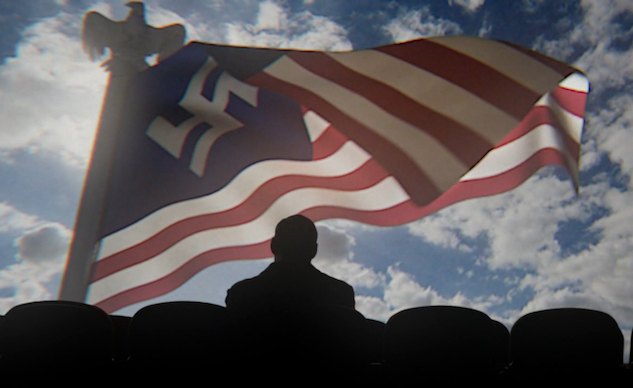
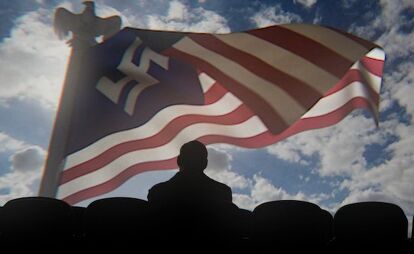










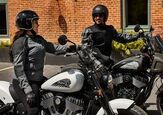
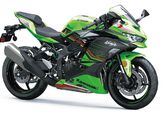



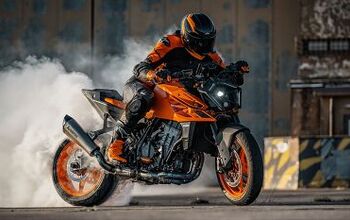
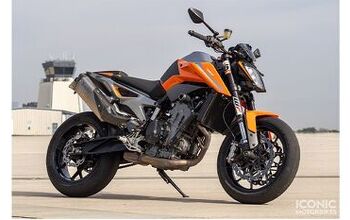
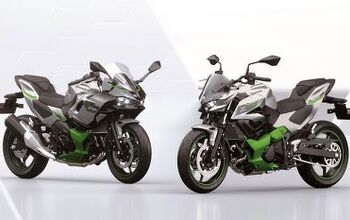
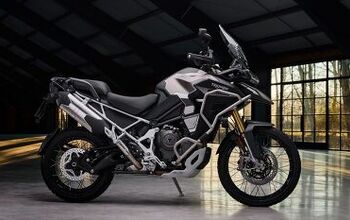


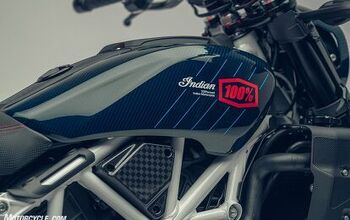
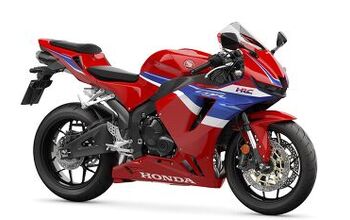
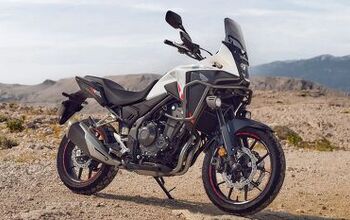

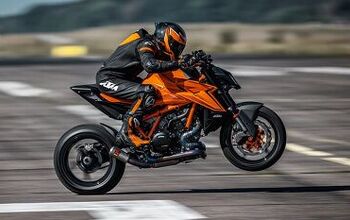
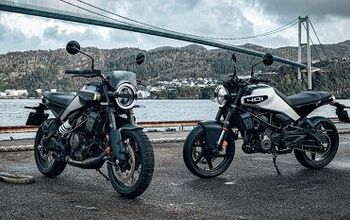



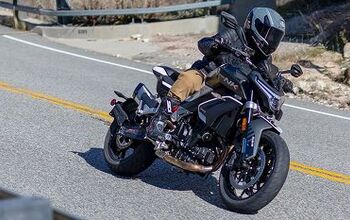
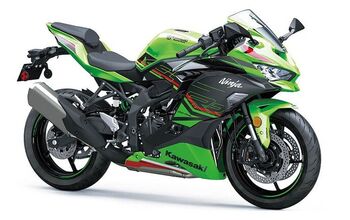
Comments
Join the conversation
I completely lost it. Many worlds theory, USA, Soviet Union, Japan, Europe, Dneprs, Urals, BMW, Honda, the book, TV show... Oh, man.
Im familiar only with Minority report film. Legendary stuff. Though I don't know how big the contribution of the story to the film's awesomeness is.
This is such a good reminder of just how many people it takes to make a show like this. 95% of them can do an amazing and well thought out job (like these motorcycle guys, who could have just tweaked some bonnies and only .05% of folks would have cared). Sadly, if the 1% responsible for script, story, and editing fail, it's still a terrible experience.
Much respect to the people doing putting in the hard work - like you, Indian guy putting hand-painted stripes on gas tanks for motorcycles designed in 1950...